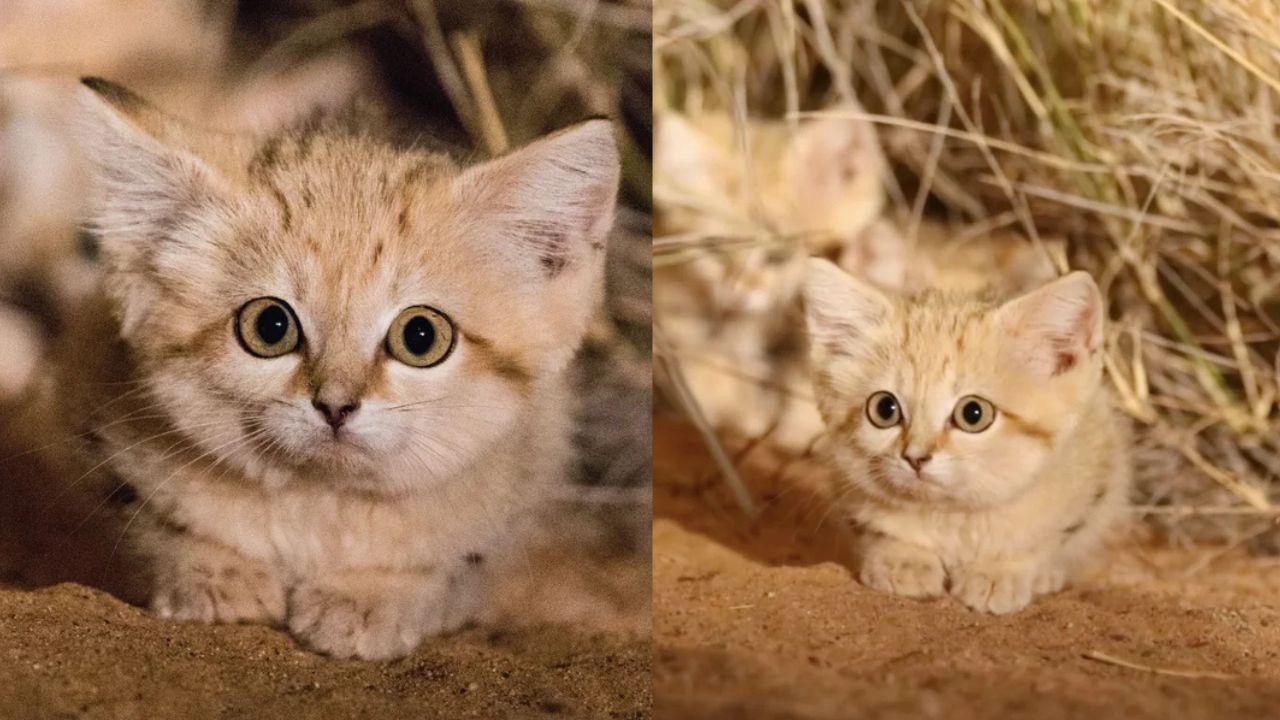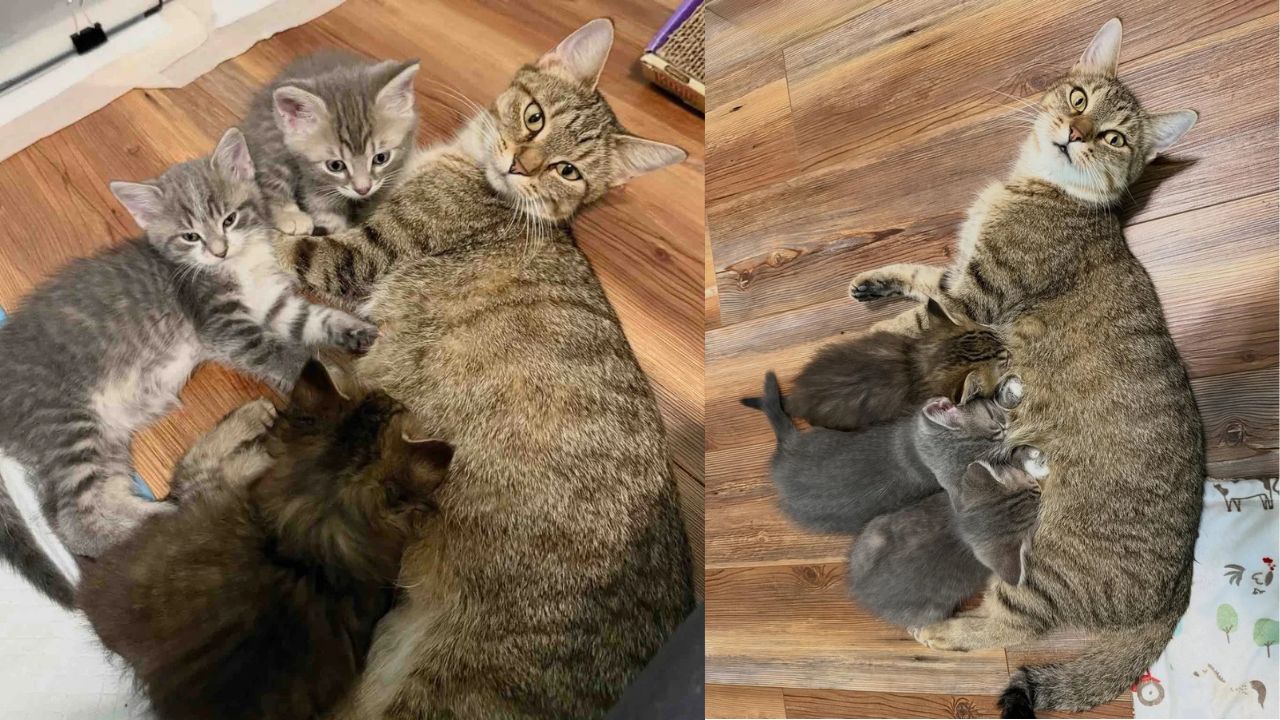
On September 25 at 2 AM, Gregory Breton, the director of Panthera France, and his colleague were about to give up on their long and exhausting expedition in the desert when they stumbled upon something truly extraordinary. Out of the silent darkness, three pairs of glowing eyes appeared, reflecting back in the beams of their lamps. What they discovered next turned out to be a rare and possibly historic moment — three tiny sand cat kittens hiding in the bushes. This encounter provided what may be the very first-ever footage of sand cat kittens in the wild, an incredible milestone for wildlife documentation.

Gregory Breton of Sand Cat Sahara Team
The sighting happened in the Moroccan Sahara, where Gregory and his team were carrying out what was meant to be the final expedition to document sand cats — a species so elusive and well-camouflaged that sightings are incredibly rare. The team was scanning the desert with spot lamps from the roof of their vehicle when Alexander Sliwa, Gregory’s colleague, noticed six shining dots about four kilometers (2.5 miles) away from their camp. At first, they were unsure, but on closer look, the glowing dots revealed themselves as young sand cat kittens.

Gregory Breton of Sand Cat Sahara Team
With their equipment, they were able to observe the kittens in detail. The tiny wildcats, estimated to be around six to eight weeks old, had large rounded ears and broad faces — distinctive features of the sand cat species. Known for their mastery of camouflage, these cats blend perfectly into the desert environment. Their fur coats match the sand so well that spotting them is almost impossible. Sand cats also make very little noise and leave almost no tracks, making them one of the hardest wild animals to study.

Gregory Breton of Sand Cat Sahara Team
“We believe this was the first time researchers ever documented wild sand cat kittens in their African range,” Gregory explained in his report. For conservationists, this is a groundbreaking discovery as it provides new hope and valuable insights into the species’ secretive life cycle. Until now, studies on sand cats have remained limited, leaving much unknown about their habits and survival strategies.

Gregory Breton of Sand Cat Sahara Team
After carefully filming and gathering data, the team packed up their equipment without disturbing the kittens. To their surprise, they soon noticed an adult sand cat lurking nearby, which they believed was the mother of the young ones. This reassured them that the kittens were not abandoned and were being cared for in their natural environment.

Gregory Breton of Sand Cat Sahara Team
To date, Gregory and his team have spotted 29 individual sand cats, fitted radio collars on 13 of them, and uncovered surprising new data. For example, they found that sand cats travel far greater distances than expected — more than any other small wild cat studied so far. However, the reasons for this extensive movement are still not fully understood and remain an exciting subject for further research.

Gregory Breton of Sand Cat Sahara Team
This incredible sighting not only marks a major milestone in wildlife research but also strengthens efforts to protect these fascinating desert creatures. By sharing their findings, the researchers hope to inspire greater awareness and conservation initiatives for sand cats, ensuring that their mysterious existence in the Sahara continues for generations to come.
Follow the ongoing updates and adventures of the Sand Cat Sahara Team and Panthera France on Facebook.






